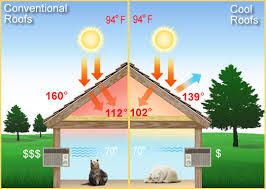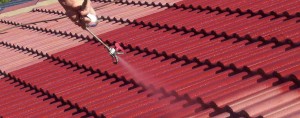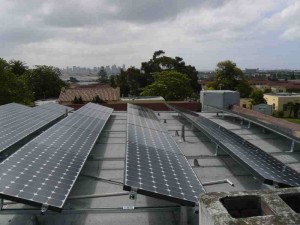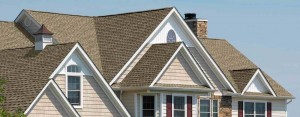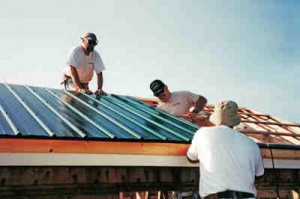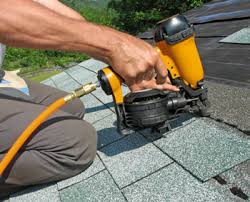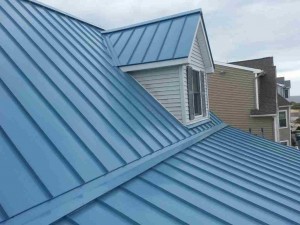The Importance of Reflectivity in Phoenix Roofing
Phoenix has a scorching desert climate with long, hot summers and short, mild winters. Among all cities in the US, it has the hottest average temperatures in summer. If you live in the city, the reflectivity in your Phoenix roofing should be kept in mind. A cool roof with reflective qualities goes a long way towards cooling your house and lowering those energy bills.
Summer is when people think about the condition of their roofs. Dark non-reflective roofs could reach up to 180°F on a windless and sunny day. That is why contractors and managers are turning to white reflective coatings to minimize the effect of heat on roof surfaces and cooling cost of the structure. A good reflective coating could generate up to 30% heat reduction on roofs.
Reflectivity Rates Vary
The best coatings are usually white and smooth, which could be applied on most roofing materials. A newly-applied coating could provide up to 80% reflectivity, meaning that only 20% of the sun’s heat is absorbed by the roof. However, the passage of time and accumulation of dirt could reduce the effectiveness of the roof to up to 50%.
Each roof coating provides a different level of reflectivity. Elastomeric and ceramic coatings can reflect up to 80% of solar heat. White asphalt shingles generally reflect only around 25% of the sun’s heat. The reason is that they have a rough texture, gray in color and a black substrate. Premium white asphalt shingles that use a whiter granule provide more reflectivity of up to 35%.
Composition of Reflective Coatings
White roof coatings contain polymer material such as acrylic and white pigment that make them opaque and reflective. The white pigment could be titanium dioxide or zinc oxide. Up to 70% to 80% of sunlight are reflected back using these coatings. Around 5% of sunlight, corresponding to ultraviolet light, are absorbed by the white coating, thus protecting the polymer component of the coating and the roof from UV damage.
Acrylic is the most common reflective coating in the market. Others types of roof paints that exhibit reflective properties are fluoropolymer, polyutherane, silicone, epoxy and soy-based products. Contractors prefer acrylics because they are water resistant and durable against extreme weather conditions.
Elastomeric coatings use polymer resins made up of silicon and oxygen. They also offer strong resistance against heat, ultraviolet radiation and water.
Maintaining roof reflectivity is important. Factors that could negatively affect high reflectance include a totally horizontal roof and water ponding. The roof could easily get soiled and experience a corresponding loss of reflectance.
